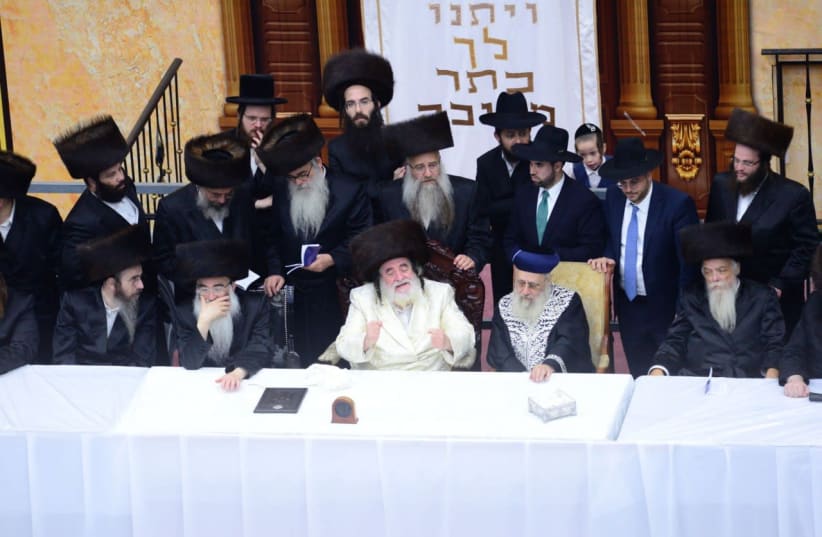Watch: Ultra-Orthodox celebrations bring joy into the holiday of Sukkot
The Simchat Beit Hashoeva celebrations, which take place every night of Sukkot, are truly a unique carnival-like spectacle of happiness and celebration in the ultra-Orthodox world
